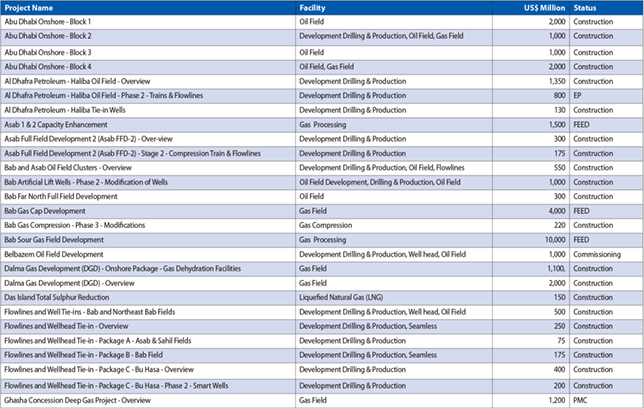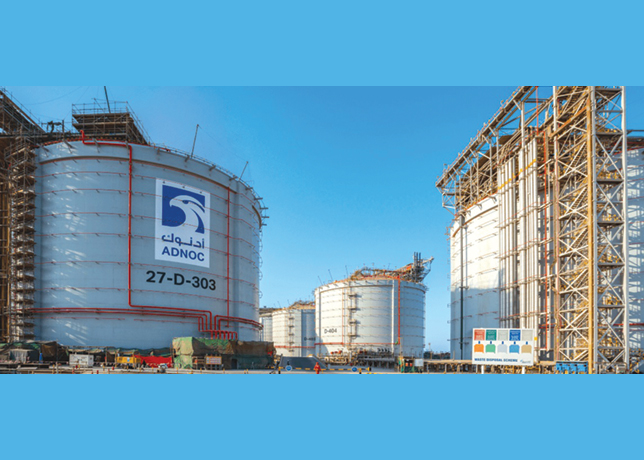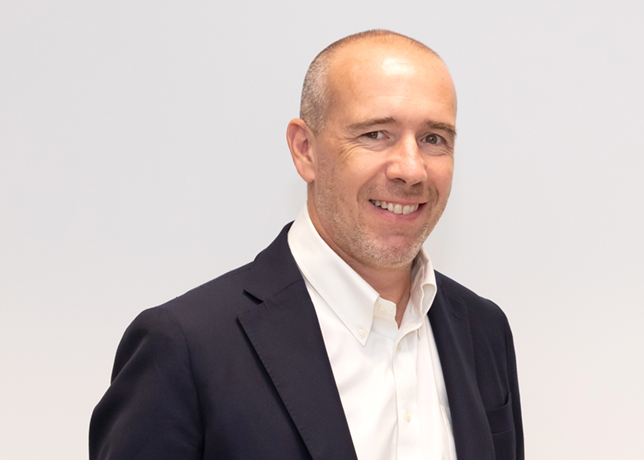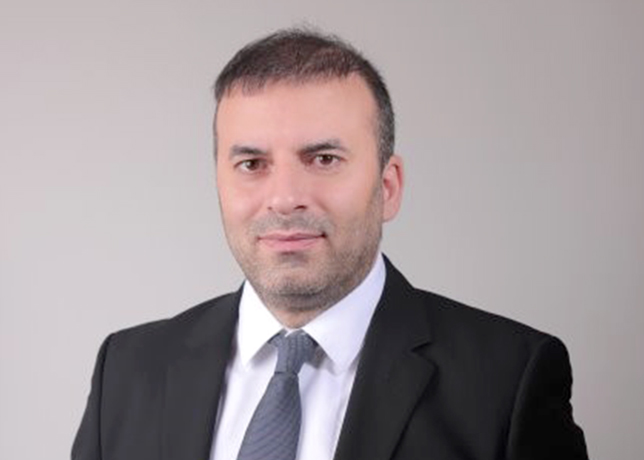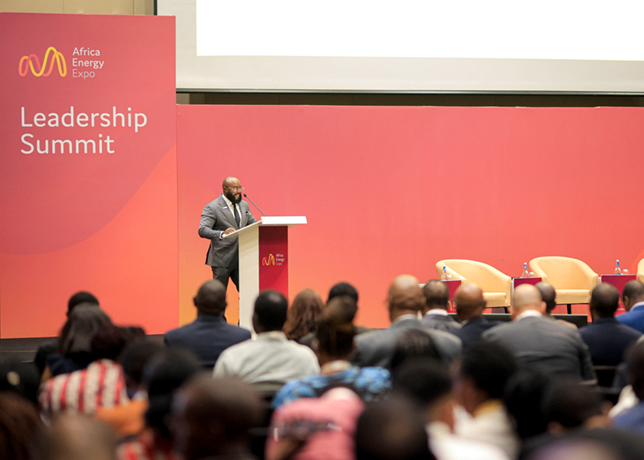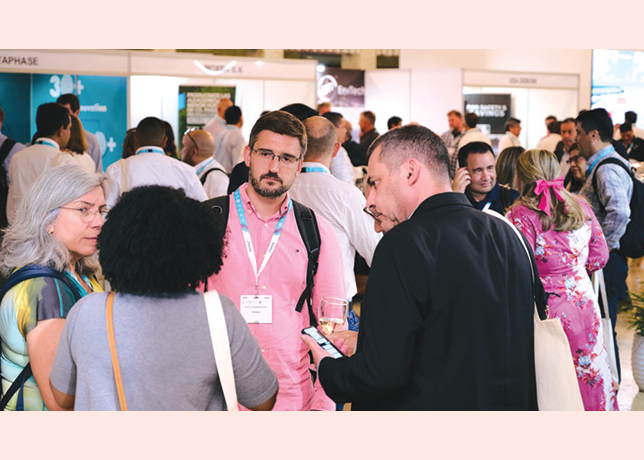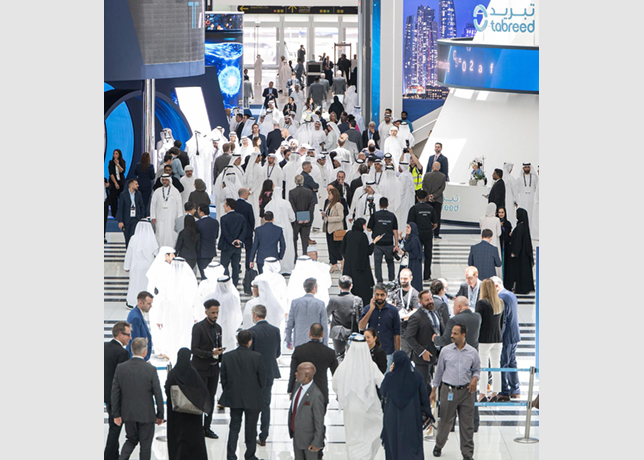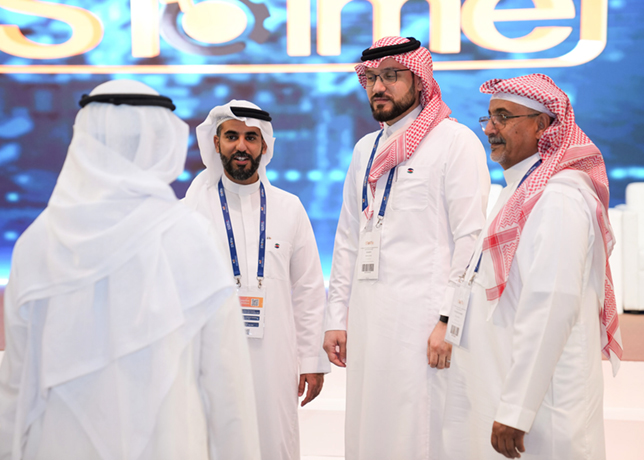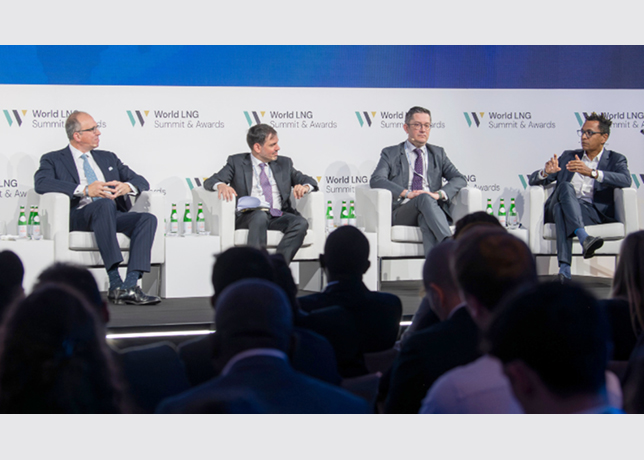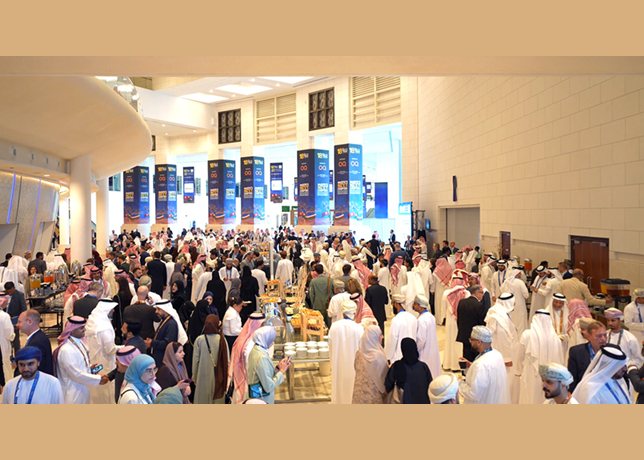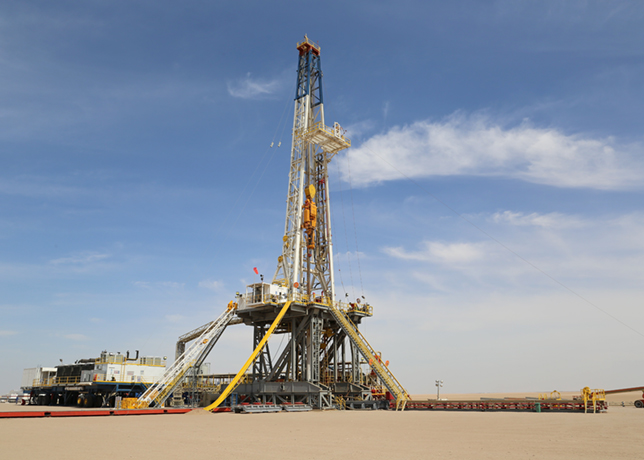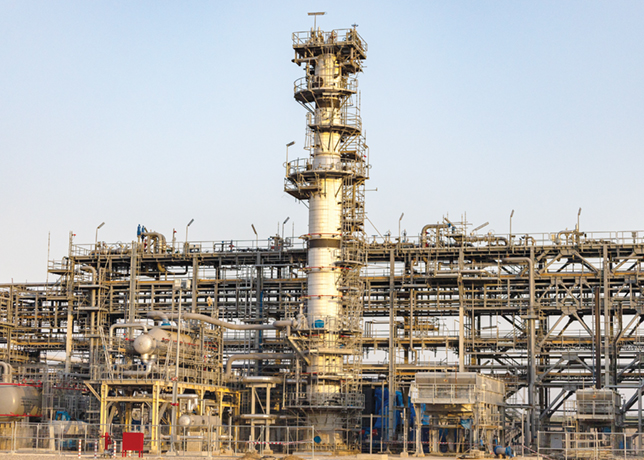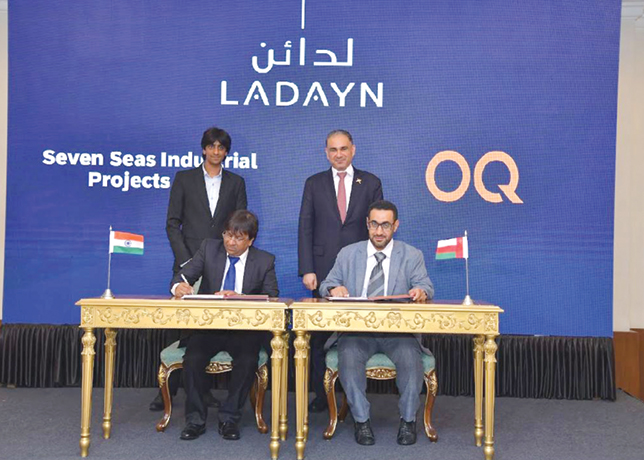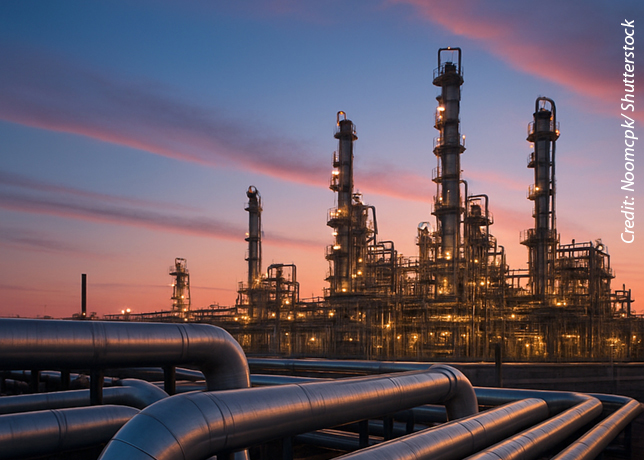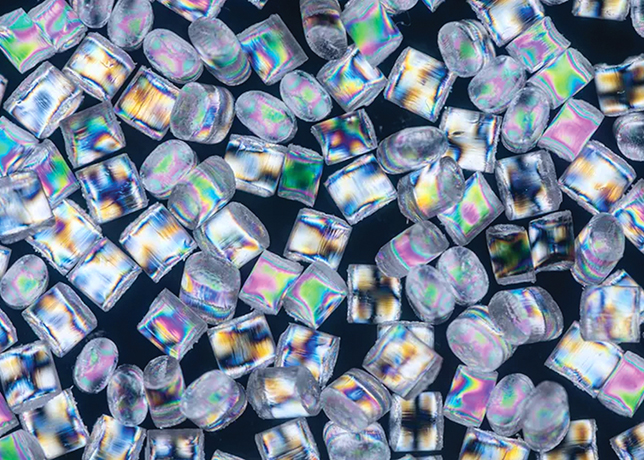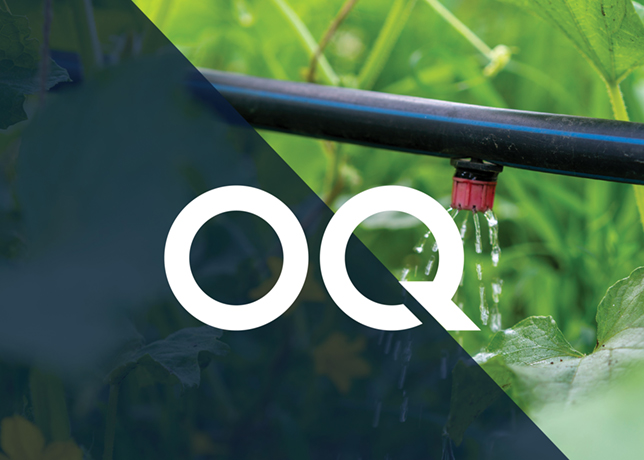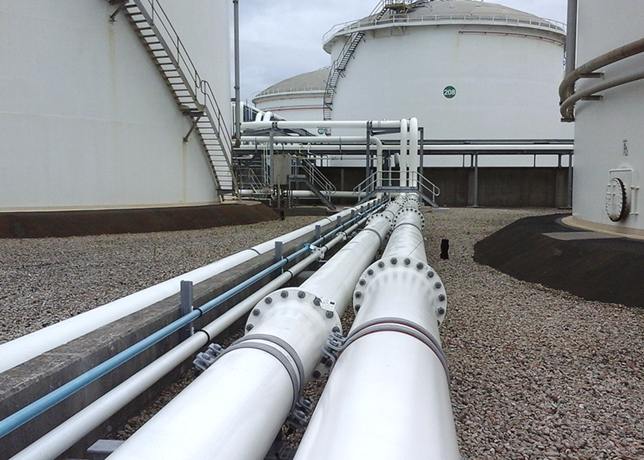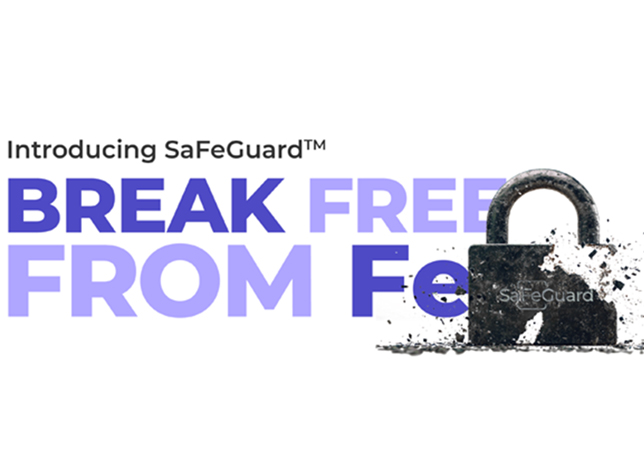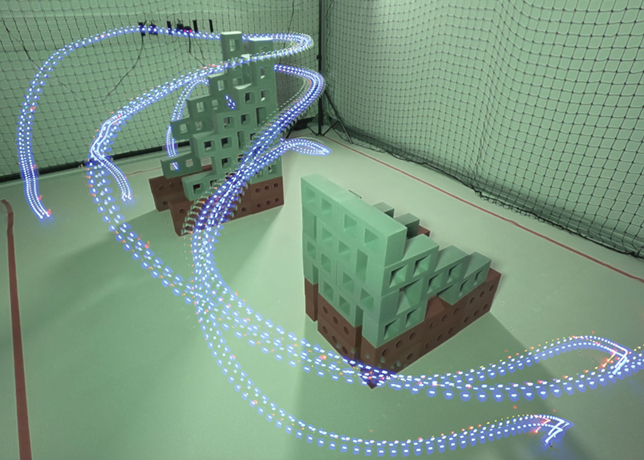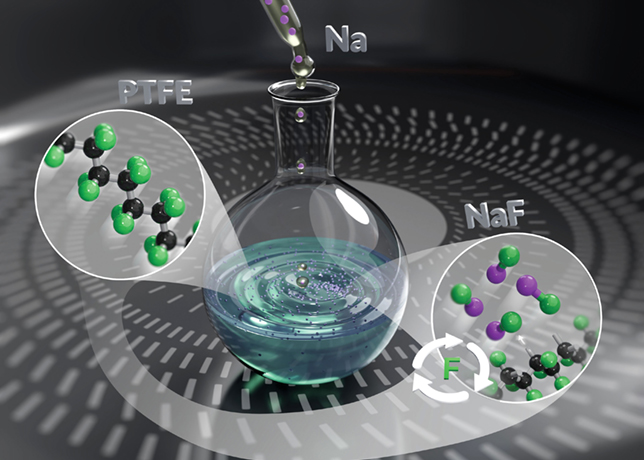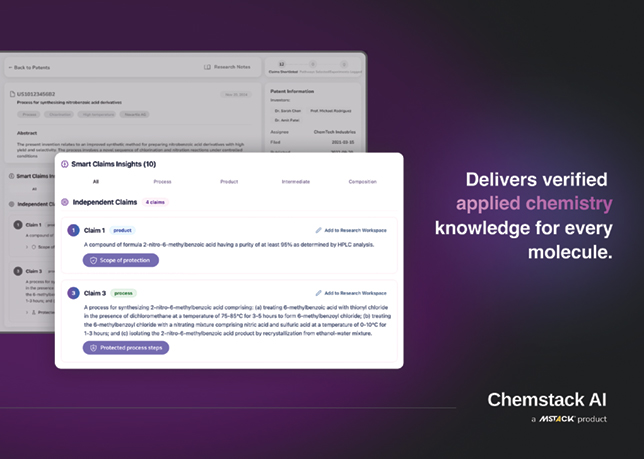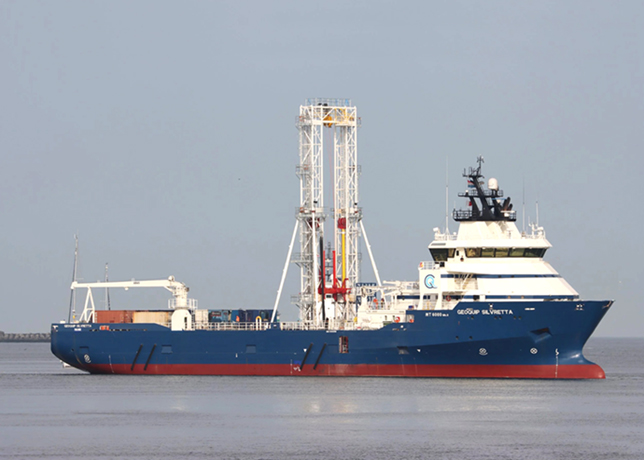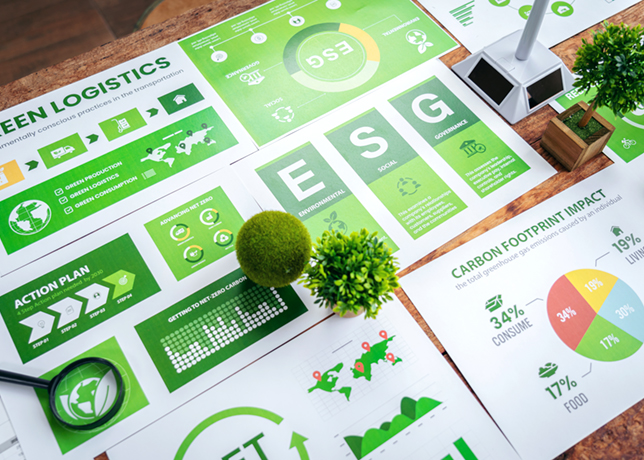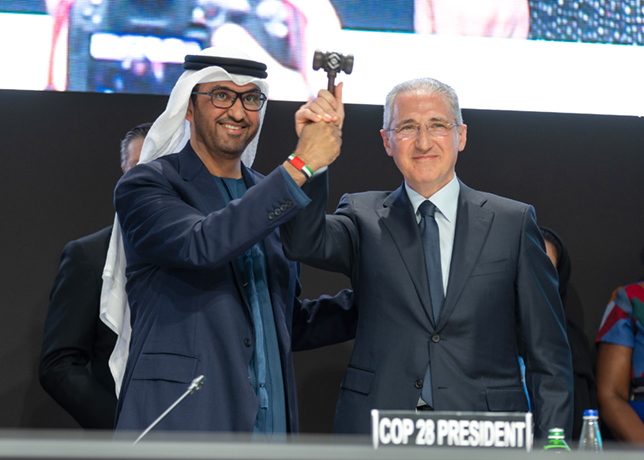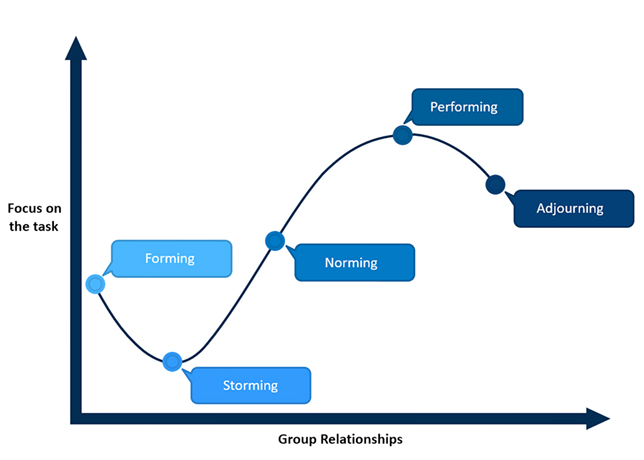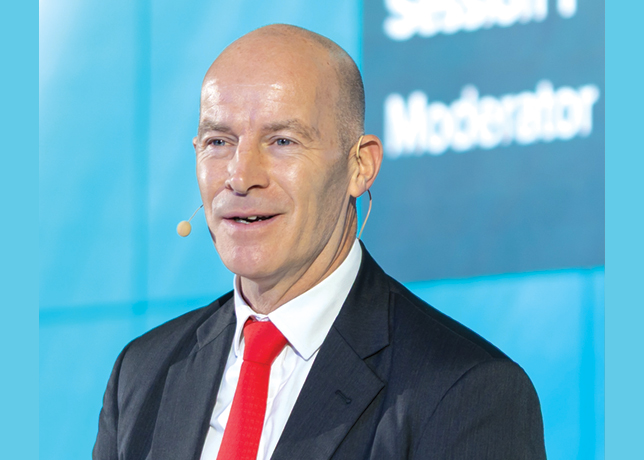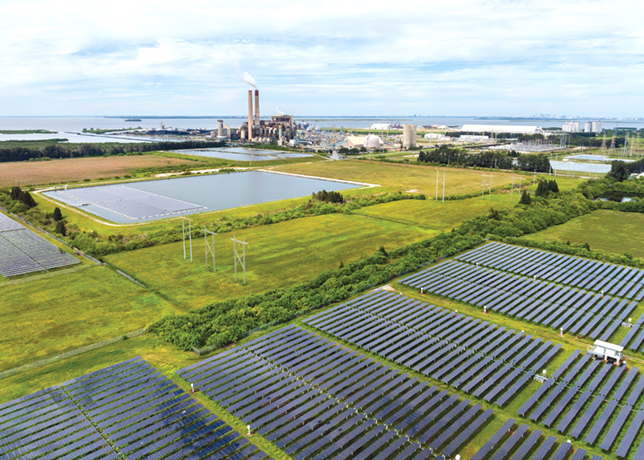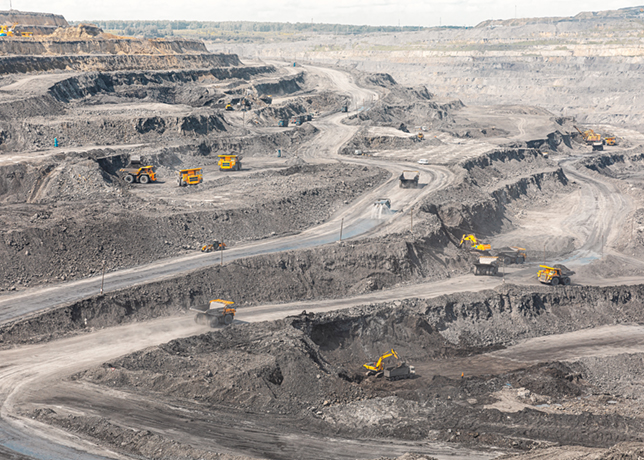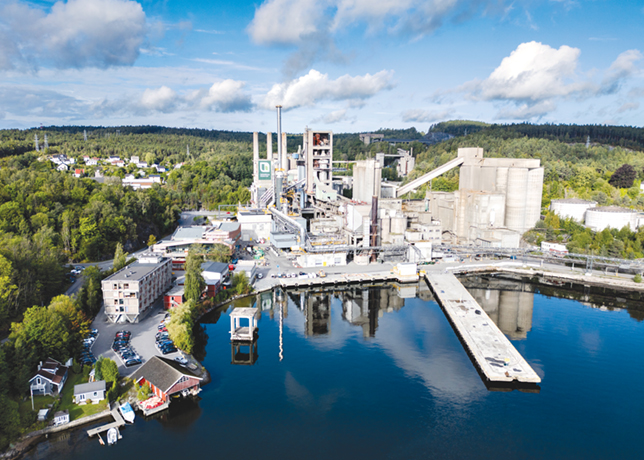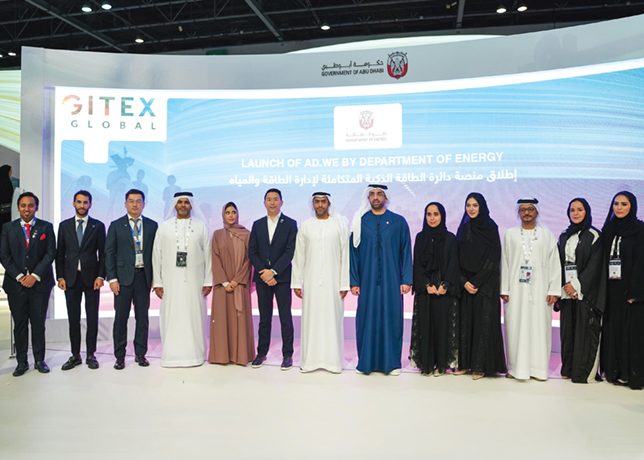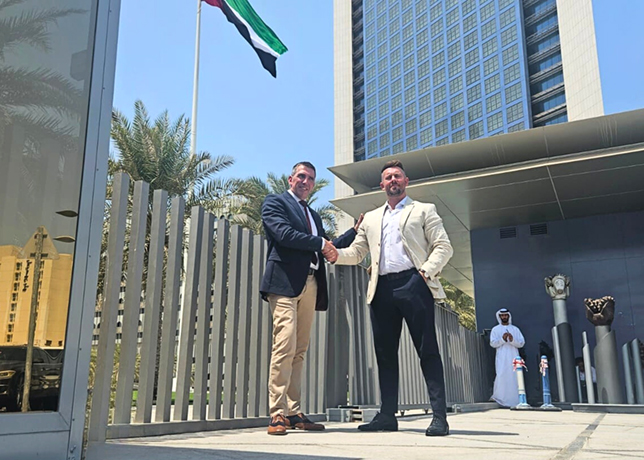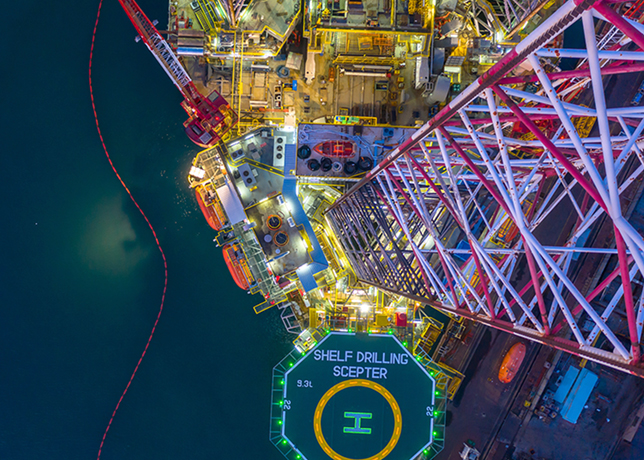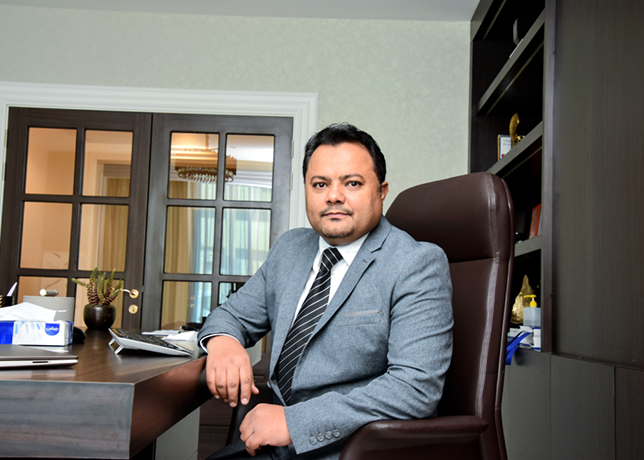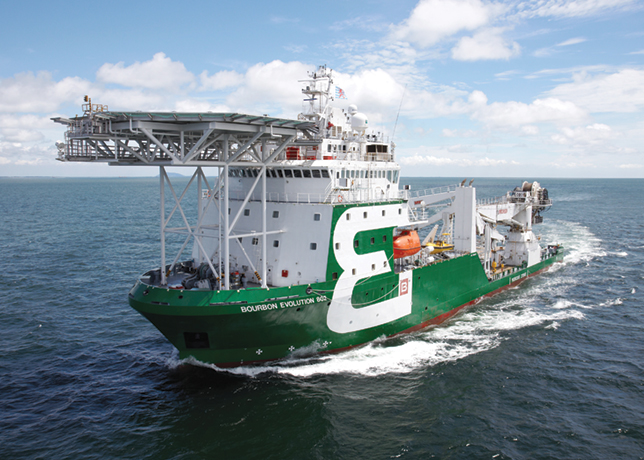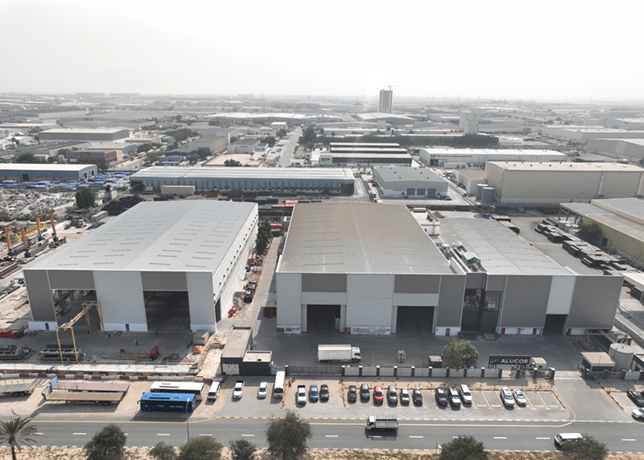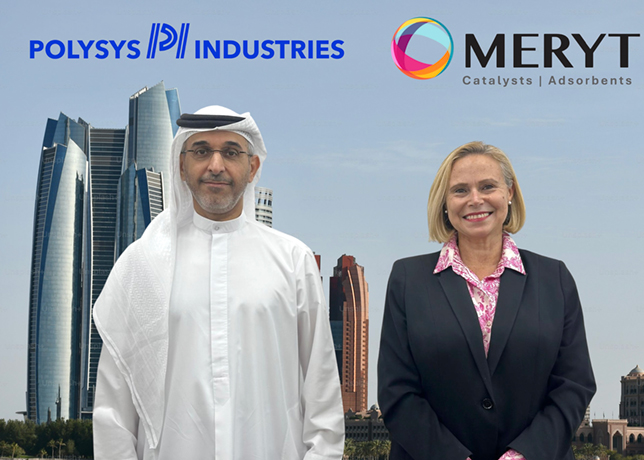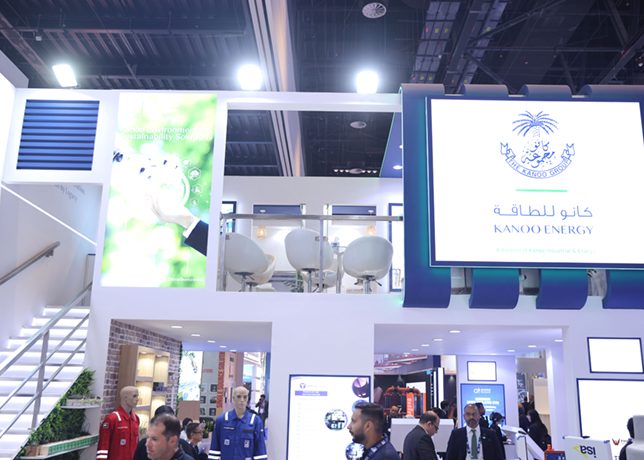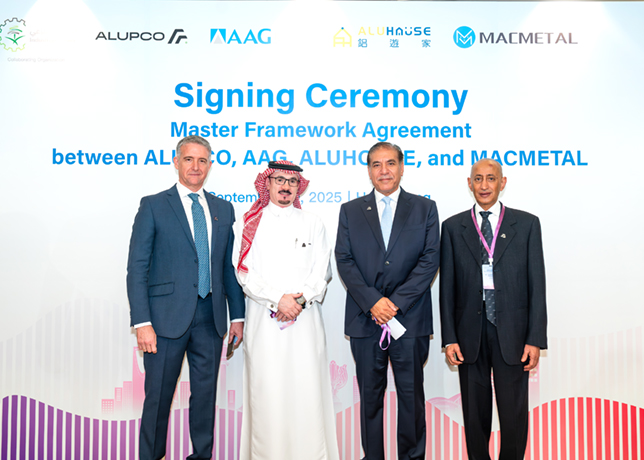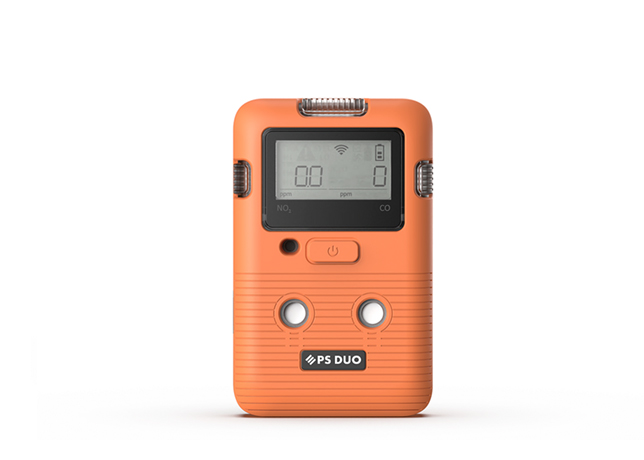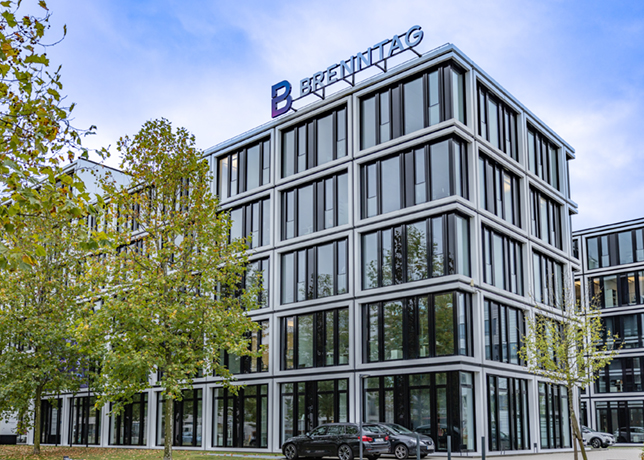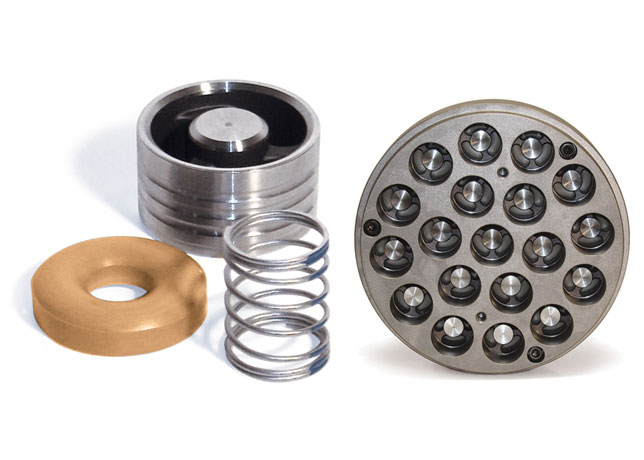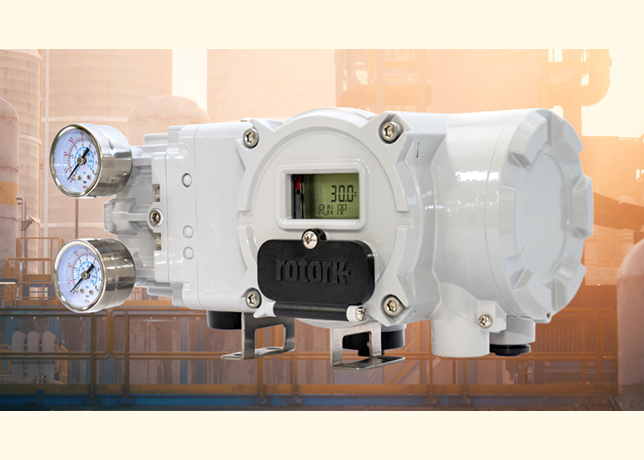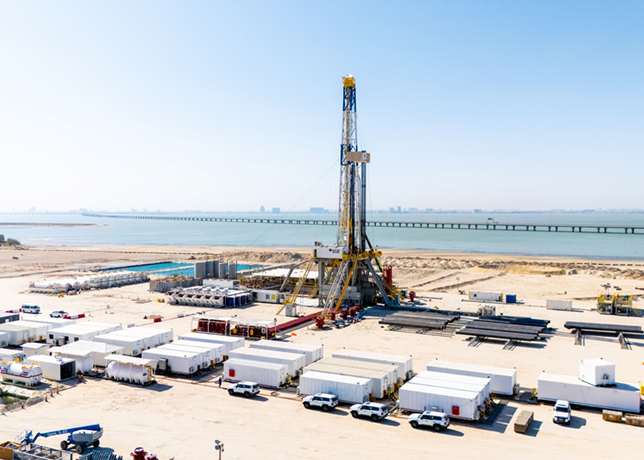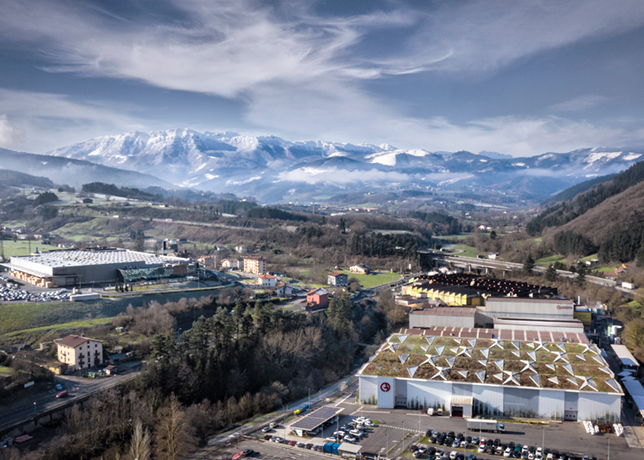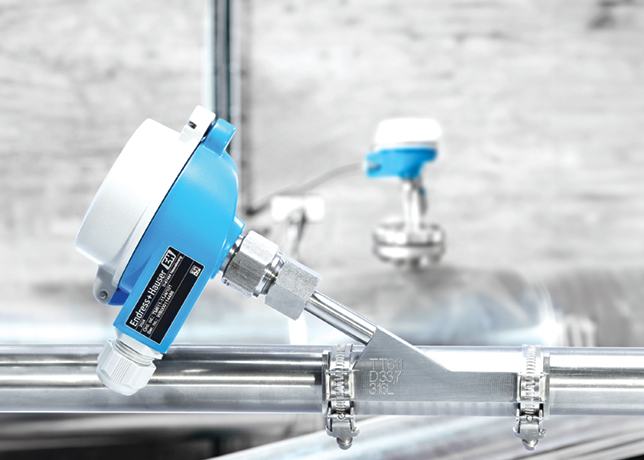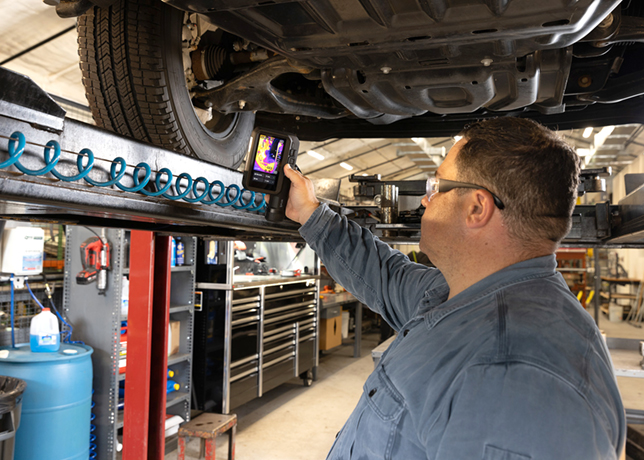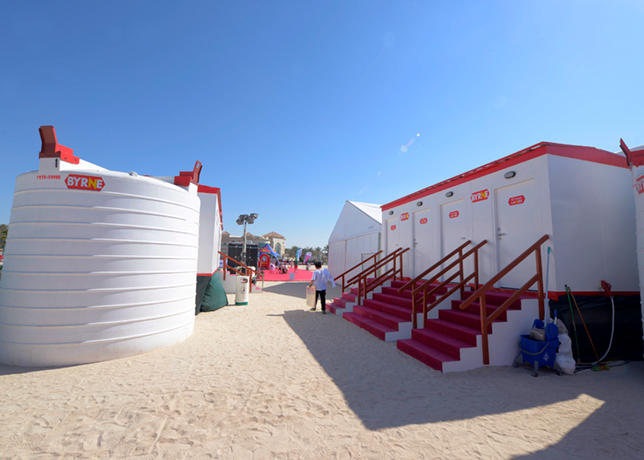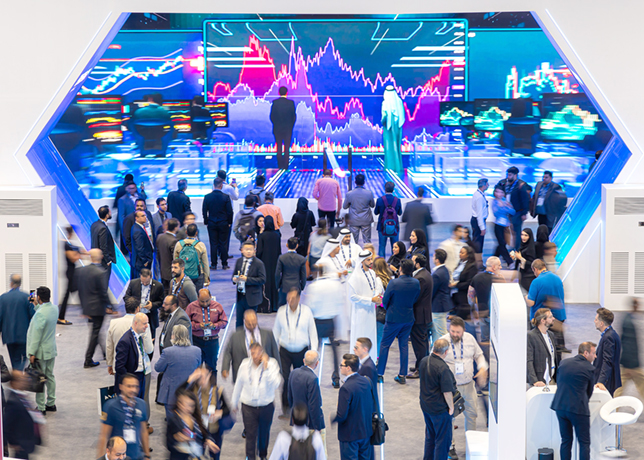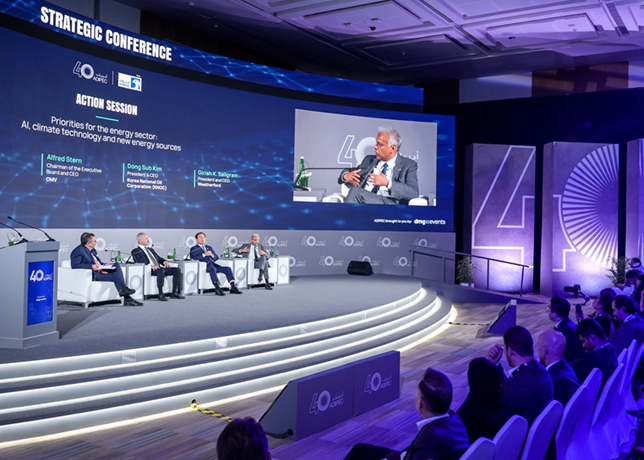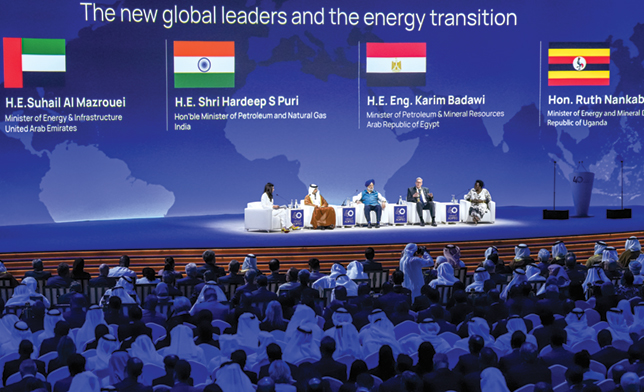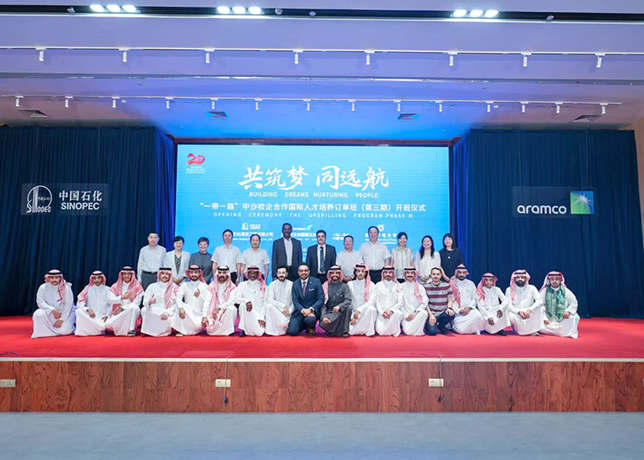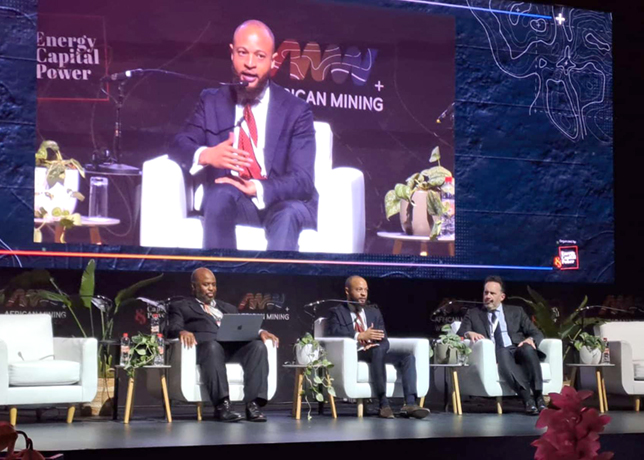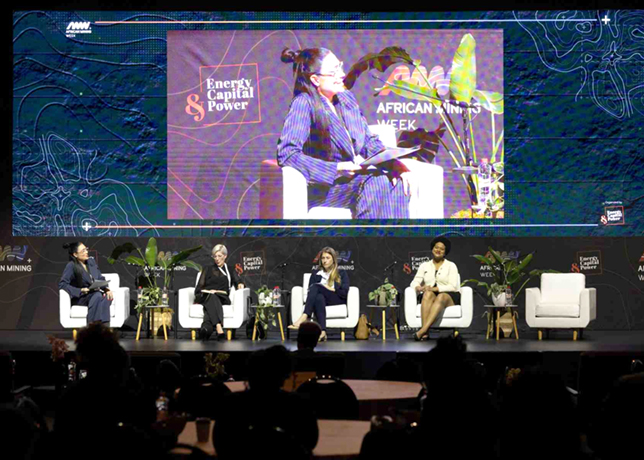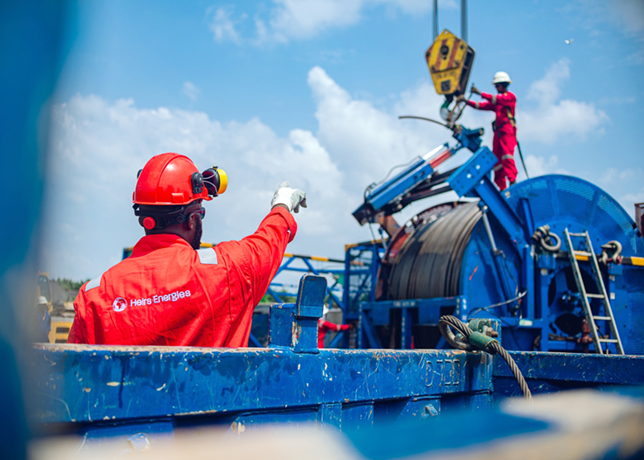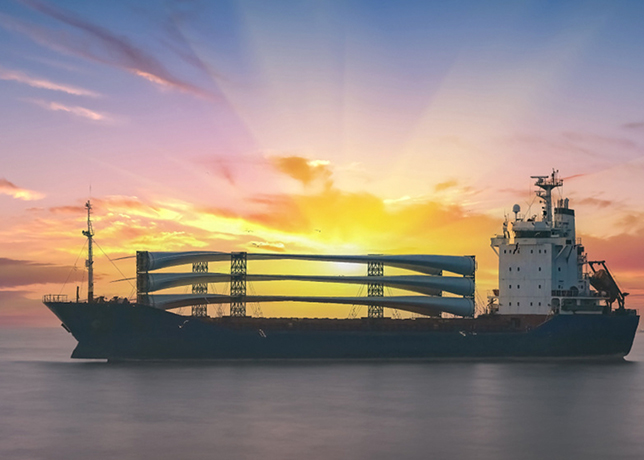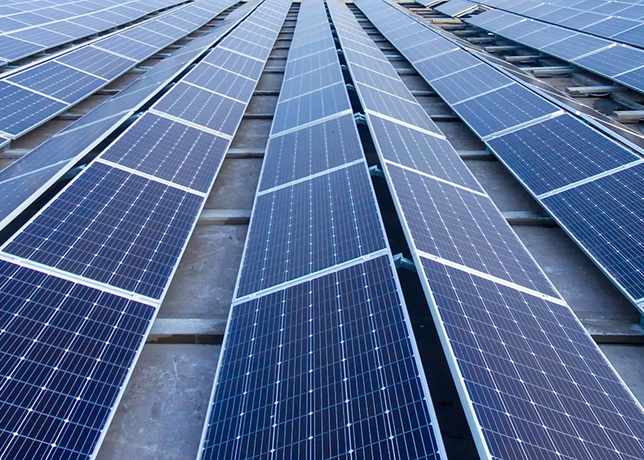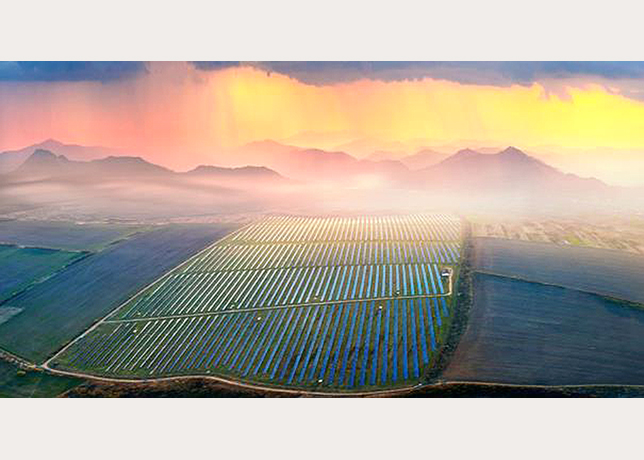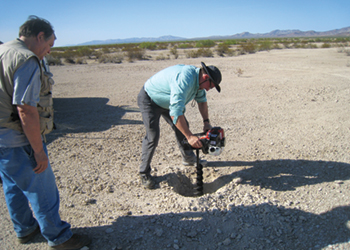
 Auger drilling in process for extracting lithium
Auger drilling in process for extracting lithium
DLE offers a chance to produce lithium in areas where open-pit mines face strong opposition, and with a successful technology, miners will increase global lithium production with a significantly smaller footprint, Jack Lifton tells OGN
Lithium is the driving force behind electric vehicles, but the industry is not able to keep pace with demand.
In February 2022, the Biden administration announced plans to invest $2.9 billion to strengthen the battery supply chain and the production of advanced batteries. New technologies that will expand the sources of the supply of lithium must fill the gap.
As reported by The Wall Street Journal, new lithium extraction technologies are attracting attention as these methods 'could help increase supplies, while attracting investors for their potential to speed up production and reduce the environmental impact compared with most current lithium-extraction methods, but none are, so far, proven at commercial scale'.
How is direct lithium extraction (DLE) defined?
The National Renewable Energy Laboratory (NREL) broadly groups DLE technologies into three main categories; absorption using porous materials that enable lithium bonding, ion exchange, and solvent extraction.
'Scaling up any of these techniques to full production capability remains a challenging task. For example, developing a solid material that bonds with just lithium is a huge challenge in geothermal brine that contains many minerals and metals at high temperatures and pressures. Successful DLE implementation will depend on expanding innovation and creating new technologies,' NREL says.
'It’s such a game changer. There are huge opportunities,' US Energy Secretary Jennifer Granholm told an energy conference in April 2022 about DLE.
In March 2022, One World Lithium announced the signing of a licensing agreement with the US Department of Energy’s (DoE) National Energy Technology Laboratory division for a patent developed by the NETL for selectively recovering lithium from solutions of mixed metallic ions.
The DOE patent is an advanced DLE process for the extraction of lithium from natural brines, rapidly generating a pure lithium carbonate.
 |
Lifton ... |
The method uses unique carbon dioxide injection mixing techniques to quantitatively precipitate lithium carbonate from brines.
This process requires no solvent, electrodes, membranes, or sorbents, but only uses carbon dioxide, which can be sourced from industrial sources, waste or exhaust gas streams or, even, ambient air.
It also significantly reduces capital and operating costs, process time, energy requirements, and, paradoxically, overall carbon dioxide emissions.
The process can be fully deployable and operational at the brine source, eliminating the need to evaporate the brines and/or transportation of brine concentrates to a chemical processing facility to form and purify lithium carbonate.
Furthermore, the deployment of this technology will reduce dependence on foreign lithium sources.
DLE AND WATER CONSUMPTION
A major automobile manufacturer is relying on DLE technology to supply a lithium from the Salton Sea region, which purportedly 'uses 10 tonnes of water for every tonne of lithium produced'.
By way of background, most of the lithium extraction processes use a lot of water —approximately 500,000 gallons per metric tonne of lithium produced.
Mining can consume the majority of a region’s fresh water, which negatively impacts the community and reduces the number of locations that are feasible.
Lithium extraction technologies also have the potential for toxic chemicals to leak from the evaporation pools, or membrane filters, into the water supply.
 |
Advanced DLE process can rapidly generate a pure lithium carbonate |
This includes hydrochloric acid, which may be created in the processing of lithium, and waste products that are filtered out of the brine.
And while traditional extraction methods yield about 40 per cent to 50 per cent of the lithium present in a mined or brine resource, processes using DLE can extract 75 per cent to 90 per cent.
As The Wall Street Journal reported: 'Many DLE technologies that work well in the laboratory often run into trouble in the field. Many of the technologies would likely still require large amounts of water and power to run the devices on a large scale.'
The stakes are high for DLE to be successful.
The US Energy Department reports that, at least, 70 per cent of US lithium deposits are held in brine reserves.
DLE offers a chance to produce lithium in areas where open-pit mines face strong opposition.
If a successful DLE technology is created, miners will increase global lithium production with a footprint significantly smaller than evaporation ponds or open-pit mines.
*Jack Lifton serves as a consultant and technical advisor to One World Lithium, which is developing an advanced DLE process for the extraction and separation of lithium from natural brines, directly generating lithium carbonate. His company, Jack Lifton advises governmental agencies, both at home and abroad, on metals industries supply chain issues and engages in extensive due diligence on mining, refining, and the fabrication of metals for financial institutions globally. He also serves as the Editor-in-Chief for Critical Materials for InvestorIntel.com, and he is a Director of InvestorIntel Corp.



